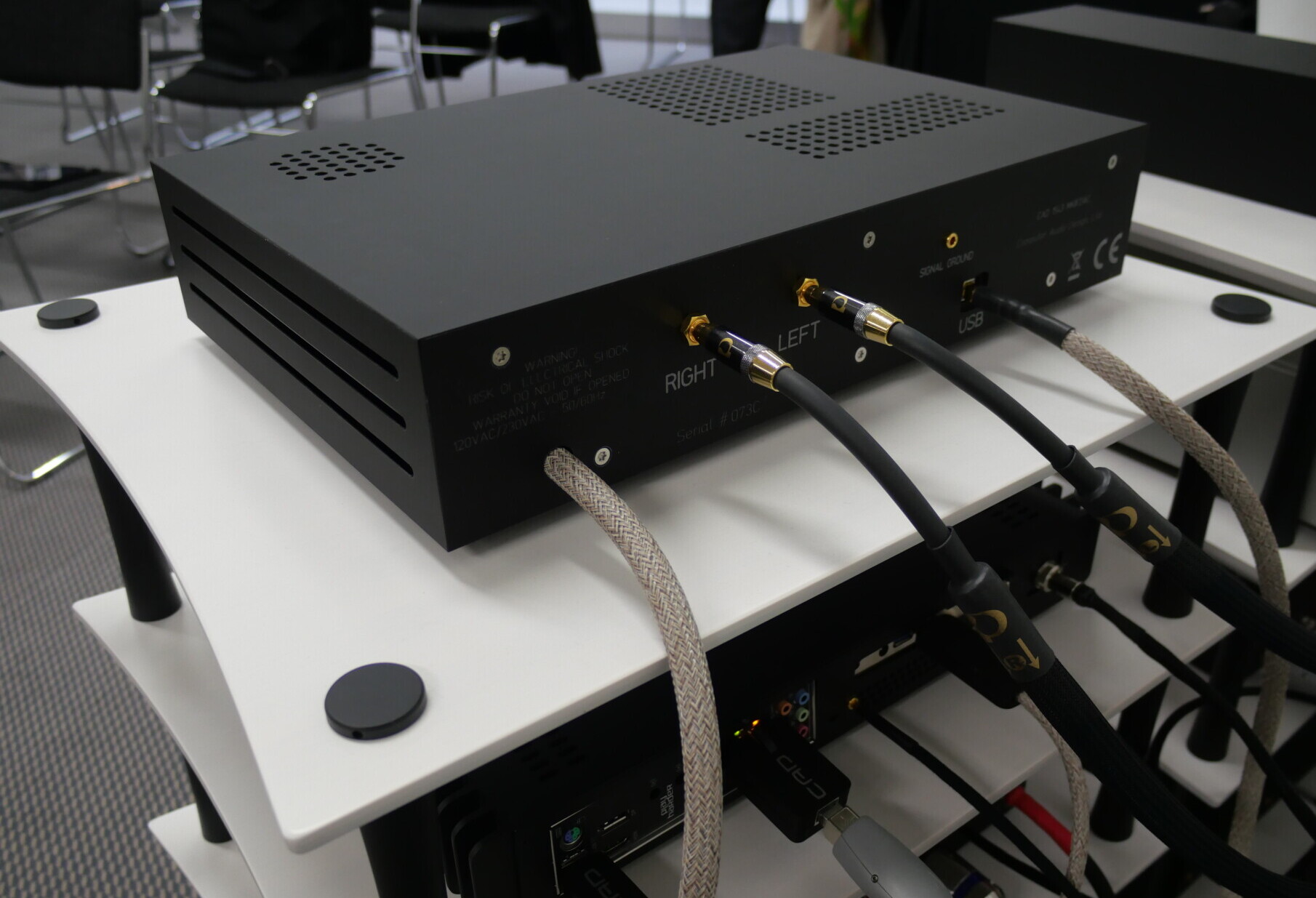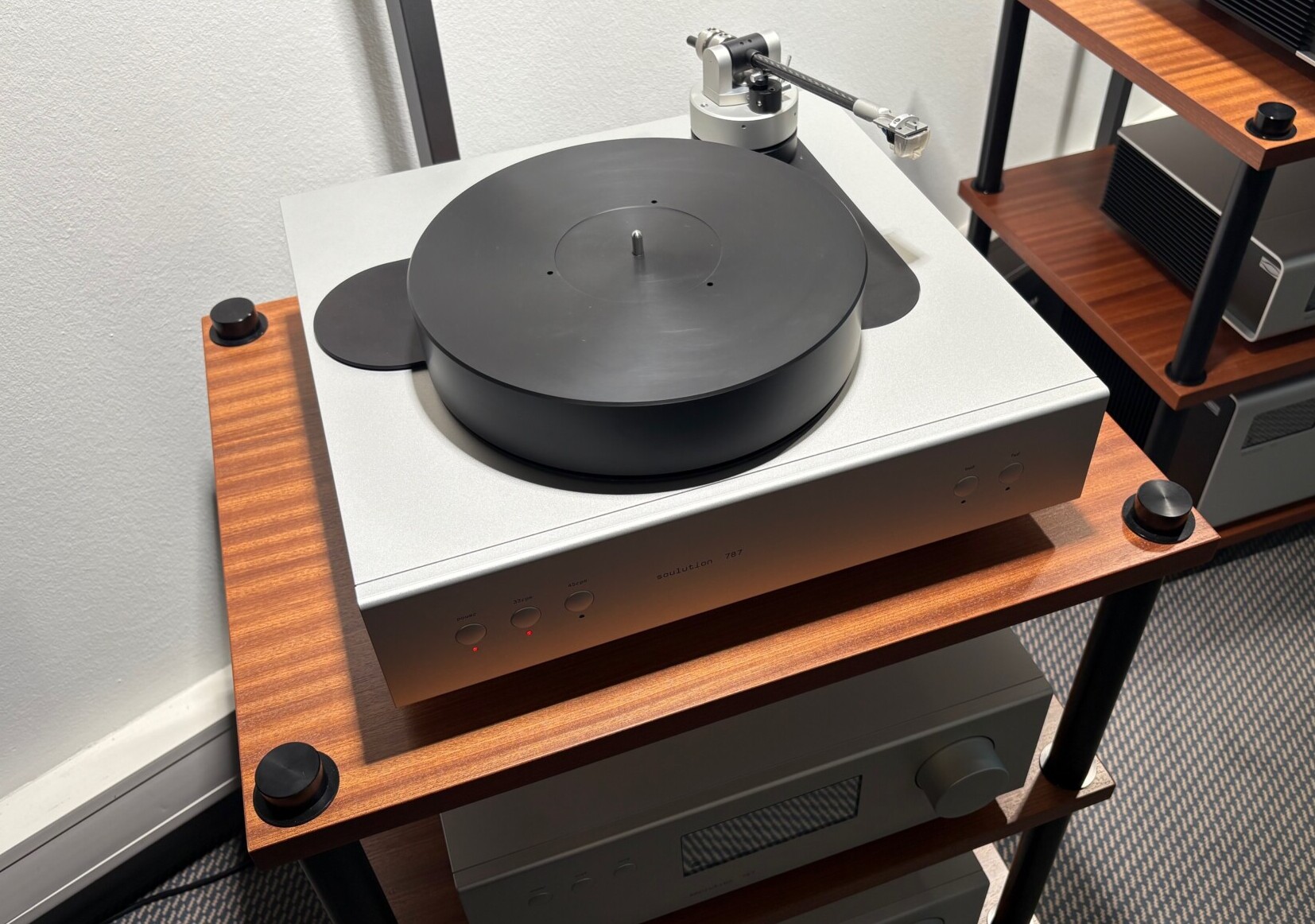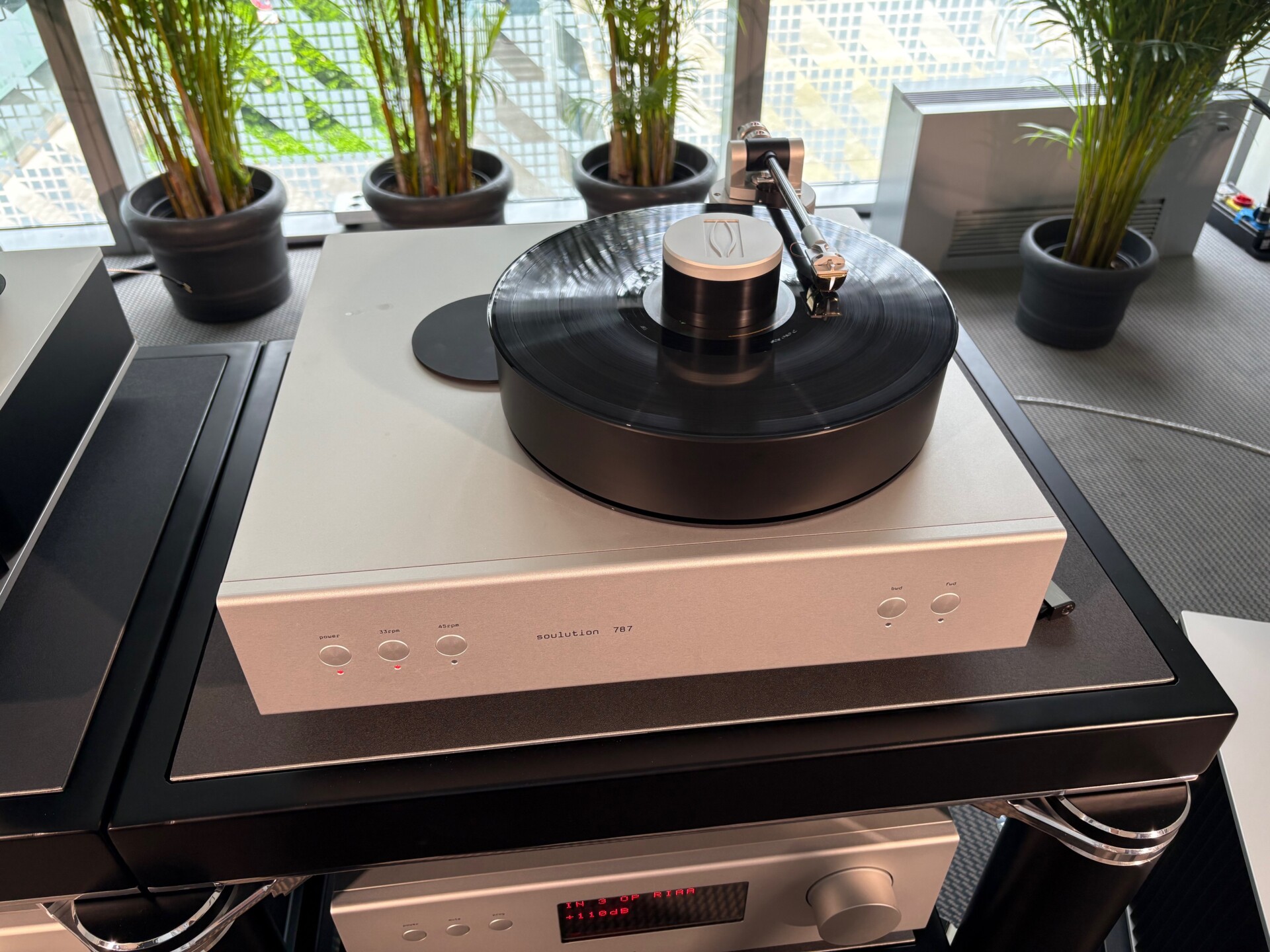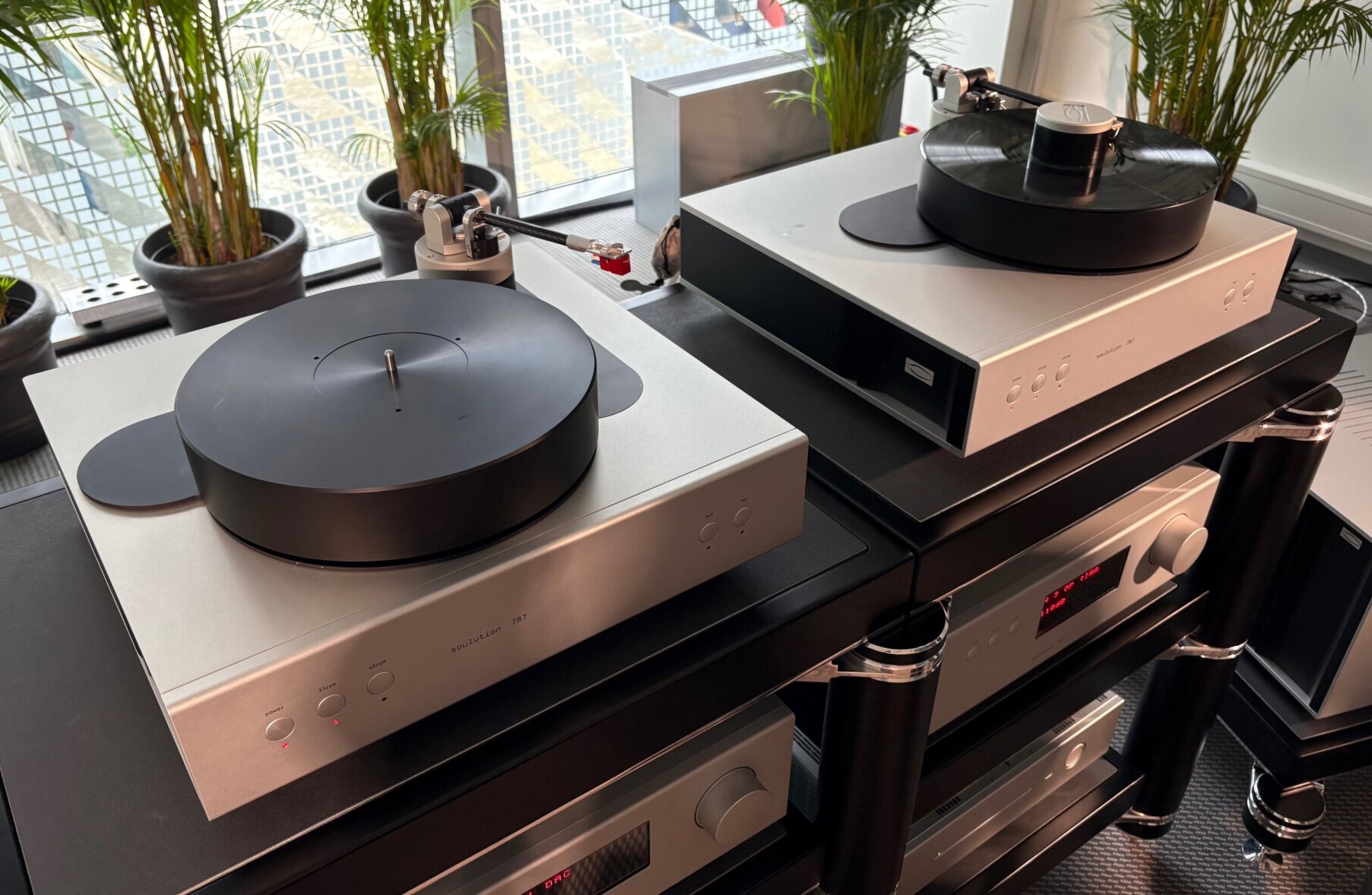
Building a USB-only DAC might be considered a serious barrier to sales – especially when said DAC tips the financial scales at $20,500 USD (+tax). But the performance is hard to argue with. Recently, CAD has become best known for its range of neat, discrete quieting devices and the C1, GC3 and GCR grounding boxes. The arrival of the 1543 Mk.III serves as a timely reminder that the company started life producing DACs: and their current thinking can still show the market a trick or two. USB might seem like an out-dated transfer standard – but let’s not forget that it’s what connects the Wadax Reference Server and DAC, precisely because it keeps the post-streamer/server data stream away from the open sewer that is the average data network. If your digital music consumption is entirely file/streamer-based (and many are) then you’d be extremely unwise to overlook the CAD 1543 Mk.III. It might only do one job – but it does do it awfully well.
Just because we can…
When it comes to resurrecting ideas that are long forgotten (and for good reason) the audio industry is a serial offender. There are plenty of examples to choose from, but Soulution’s new turntable pretty much tops the lot. This work of engineering genius operates by moving the platter beneath a ‘fixed’ tonearm! Except that the tonearm isn’t actually fixed: it needs to move vertically and, also have lateral freedom so that tangential off-set can be fed back to the platter movement – so it has all the structural challenges that face any other tonearm. Now consider the fact that any record-player is a vibrometer and that the platter is generally its single heaviest part. Moving that rotating mass while maintaining speed stability ain’t any sort of recipe for vibration-free functionality! It was a dumb idea back in 1977 when Transcriptors tried it – their efforts merely proving the point. It’s a dumb idea now. If tonearm tangency matters to you, there are easier, better (and way more cost effective) ways of achieving it. This expensive monstrosity should be consigned to the dustbin of audio history sooner rather than later.


VTL Lohengrin
 VTL’s ‘new baby’ just got christened (although it’s not exactly new nor is it any kind of baby). The ‘Son Of Siegried’ mono-bloc amplifier they first showed in Munich last year is finally production ready. Dubbed Lohengrin, it’s lost the Minion goggles and features a far sleeker tube-window in the front panel – although the show pair were still waiting on the finalised casework. Smaller than the Siegfried, more powerful than the S-400, the Lohengrins drove the awkward and revealing Wilson Alexx V speakers with real weight and impact, dynamic and rhythmic authority. Aiming to combine the bottom end grunt, grip and stability of the Siegfrieds with the responsive, lively, midband articulation of the S-400, VTL has succeeded beyond its wildest dreams. Piano was reproduced with a sense of weight and action, note placement and spacing that captured the art in the score as well as the art in the playing. Voices were particularly natural and expressive, while large scale dynamic demands were conquered with an unflappably graceful lack of strain and a serious sense of body and presence. Lohengrin is well named – a product that can be both romantic and heroic as required, with the full expressive range between, this could just be VTL’s best amp yet.
VTL’s ‘new baby’ just got christened (although it’s not exactly new nor is it any kind of baby). The ‘Son Of Siegried’ mono-bloc amplifier they first showed in Munich last year is finally production ready. Dubbed Lohengrin, it’s lost the Minion goggles and features a far sleeker tube-window in the front panel – although the show pair were still waiting on the finalised casework. Smaller than the Siegfried, more powerful than the S-400, the Lohengrins drove the awkward and revealing Wilson Alexx V speakers with real weight and impact, dynamic and rhythmic authority. Aiming to combine the bottom end grunt, grip and stability of the Siegfrieds with the responsive, lively, midband articulation of the S-400, VTL has succeeded beyond its wildest dreams. Piano was reproduced with a sense of weight and action, note placement and spacing that captured the art in the score as well as the art in the playing. Voices were particularly natural and expressive, while large scale dynamic demands were conquered with an unflappably graceful lack of strain and a serious sense of body and presence. Lohengrin is well named – a product that can be both romantic and heroic as required, with the full expressive range between, this could just be VTL’s best amp yet.

